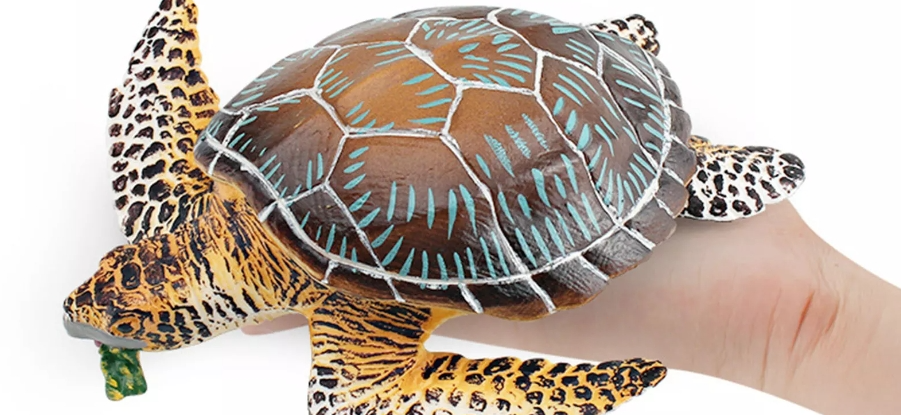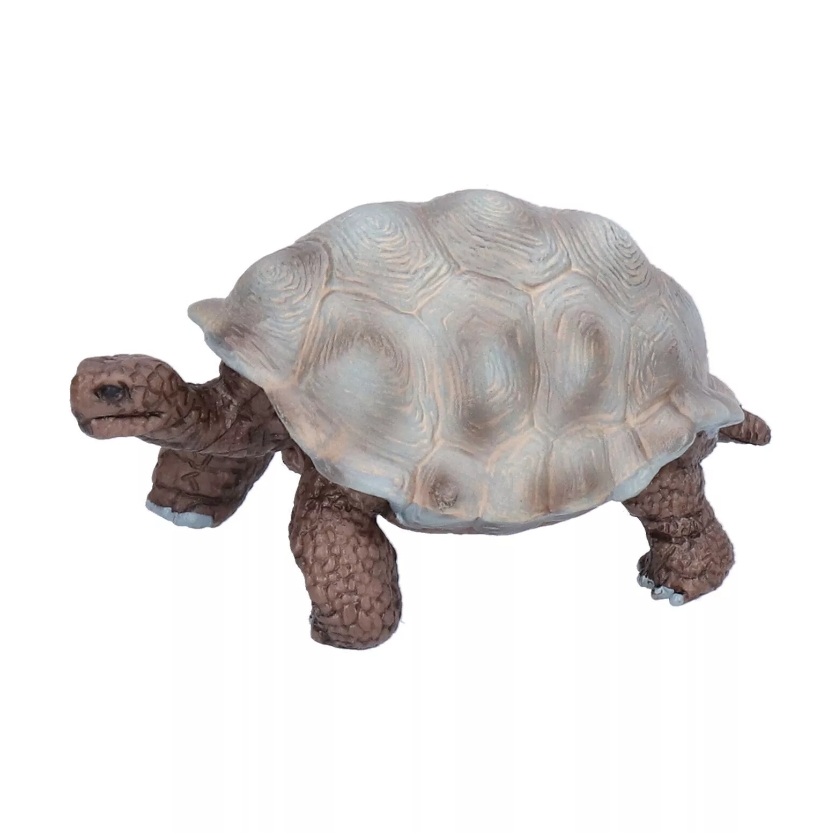The Turtle model is a teaching tool commonly used in the fields of computer science and education to help learners understand the basic concepts of programming and mathematics by introducing a simple graphical interface and clear rules. The core of this model is to simulate the movement of a turtle on a two-dimensional plane, and learners can master the basic structure and logic of programming language by giving instructions to the turtle and observing its moving trajectory.
The design concept of the turtle model stems from "edutainment", which brings abstract programming concepts to life. Learners can use simple commands such as "move forward" or "turn left" to get the turtle to draw various shapes and patterns on the canvas. This interactivity stimulates the imagination of learners, allowing them to naturally learn the basic syntax and control structure of programming as they explore.
In addition, the turtle model also has a remarkable effect on the cultivation of logical thinking and problem solving ability. By setting different goals, such as drawing complex geometric shapes,learners need to think about how to achieve the goal through a series of instructions. This not only exercises their logical reasoning skills,but also teaches them how to break down a large problem into smaller problems and solve them step by step.
In educational practice, the turtle model is widely used in primary and junior high school programming courses. When children see tortoises moving on a screen following their commands,the sense of success and achievement motivates them to keep learning. At the same time,it also provides teachers with an intuitive and easy to understand teaching tool,making programming education more lively and interesting.
Although the Turtle model was originally developed to help children learn programming,its applications extend far beyond that. In all kinds of programming education,scientific exploration and artistic creation.




